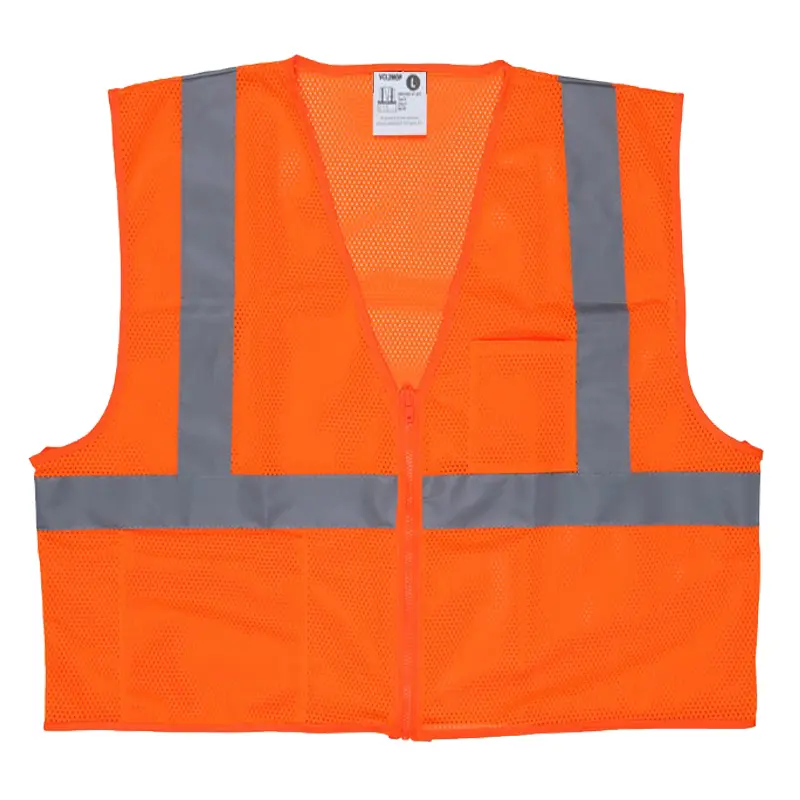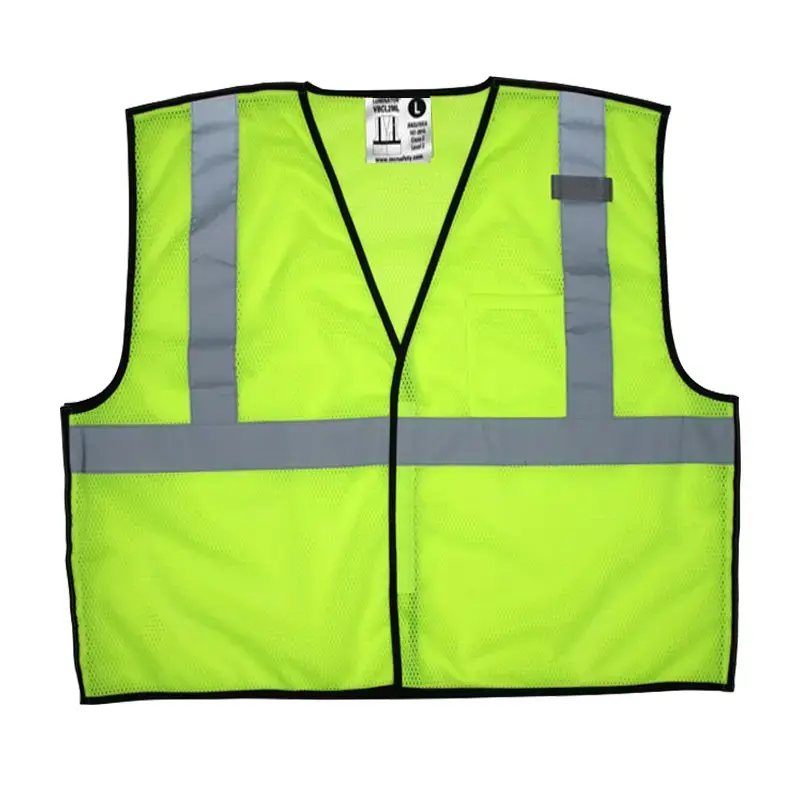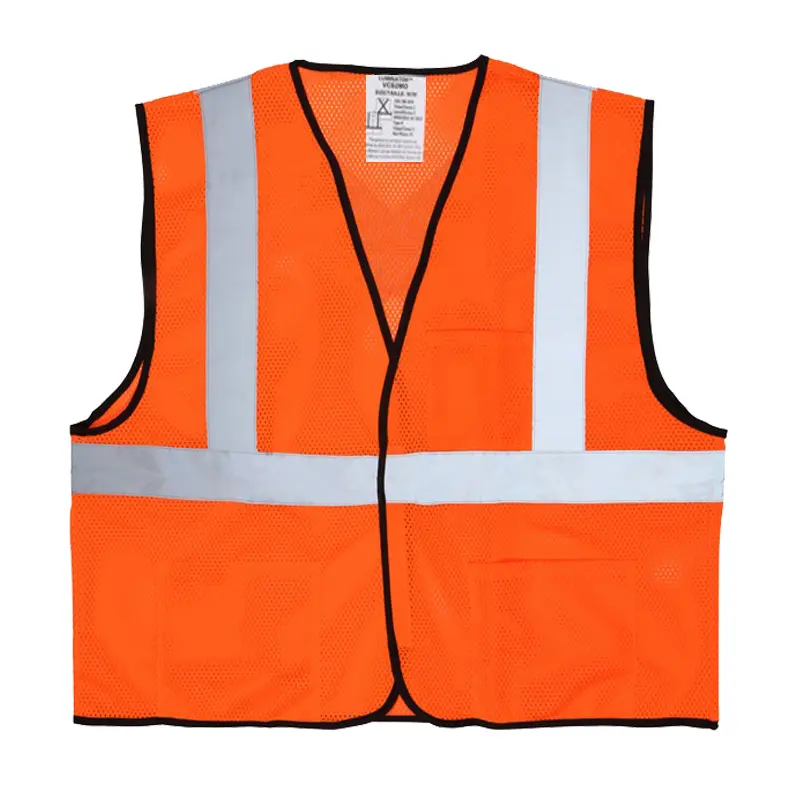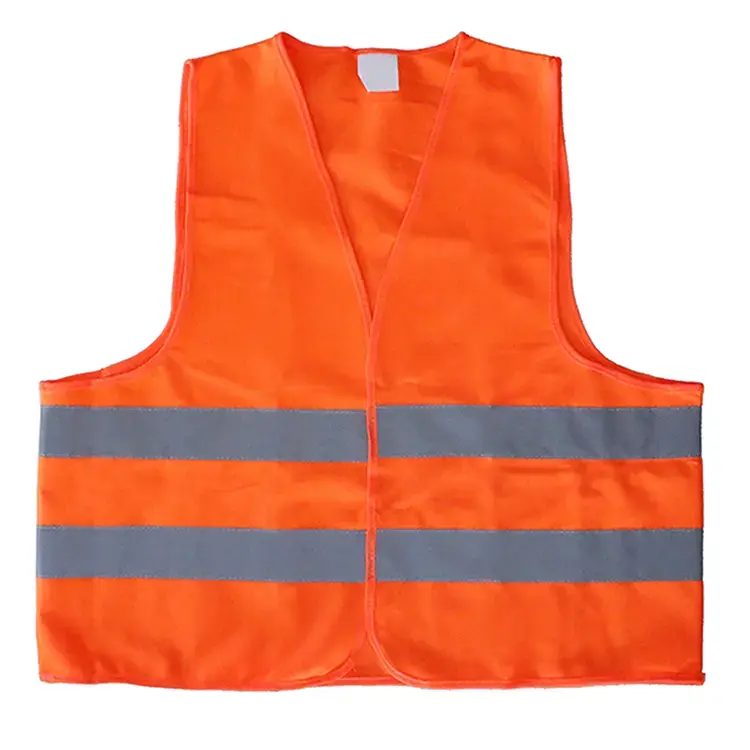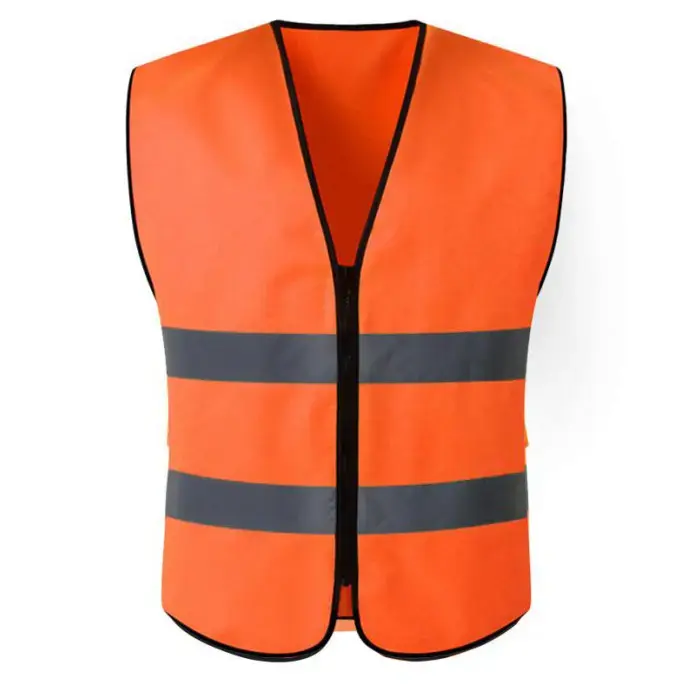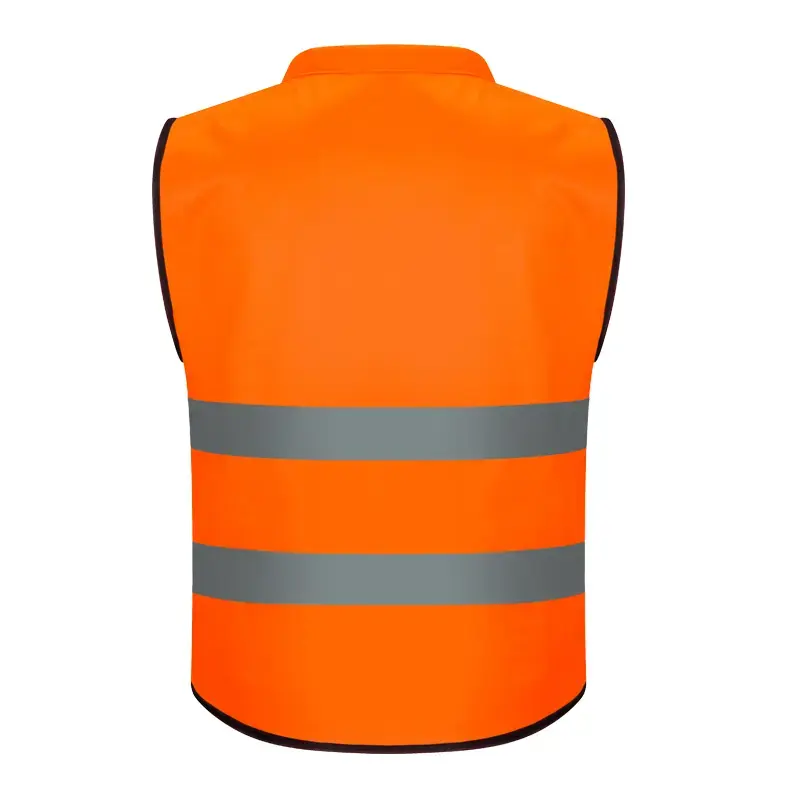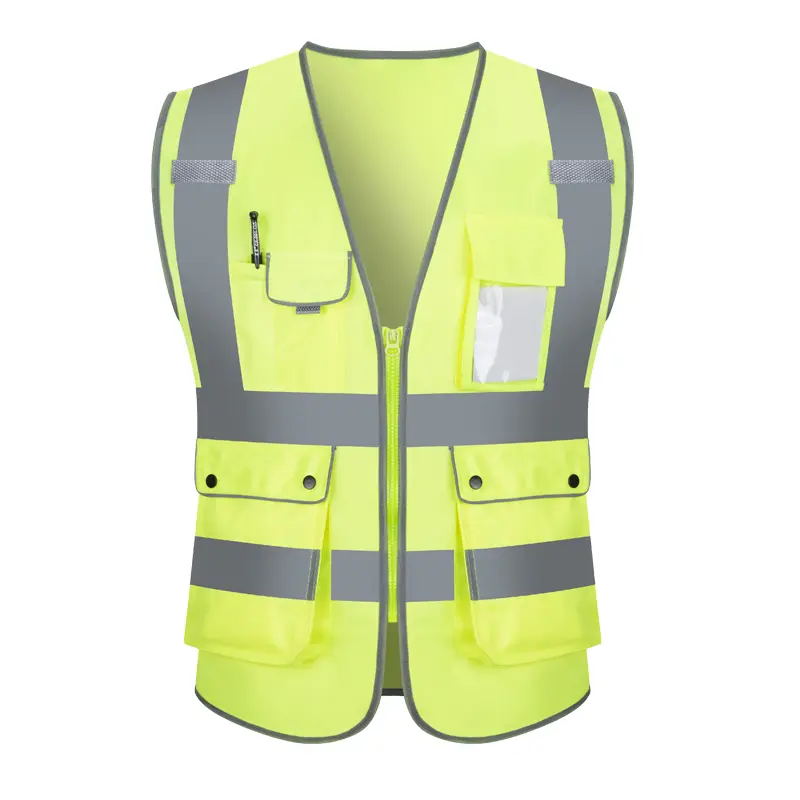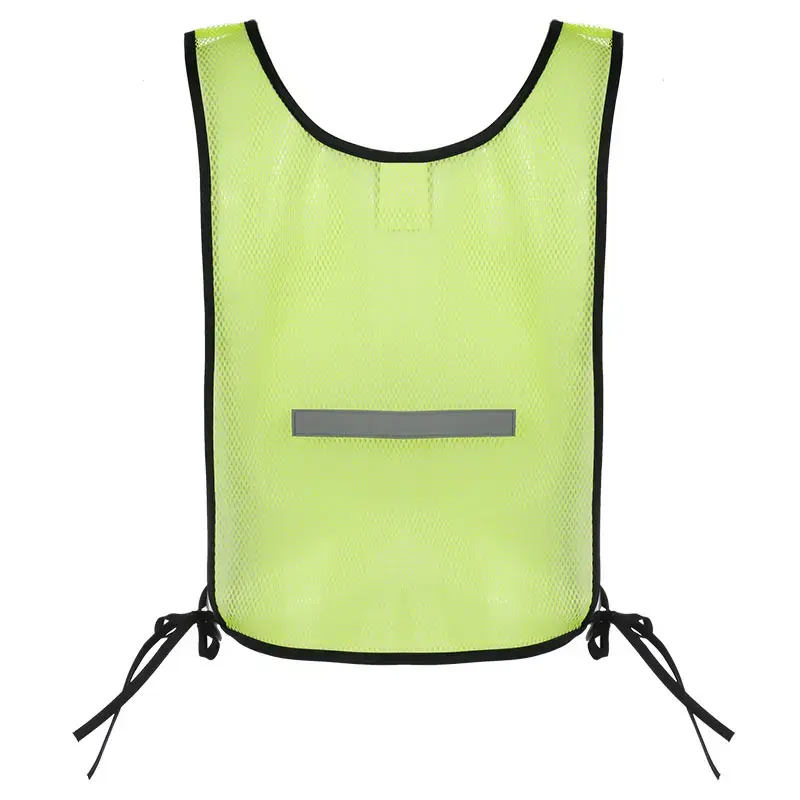What materials are needed for custom design of reflective safety vests
What materials are needed for custom design of Reflective Safety Vests
Custom design of reflective safety vests: a complete analysis of materials, costs and benefits
In today's international market, reflective safety vests have become an indispensable equipment for many industries. For independent sites facing international wholesale buyers, providing customized reflective safety vests can not only attract more customers, but also enhance the added value and competitiveness of products. This article will explore in depth the materials required for custom design of reflective safety vests, and conduct a comprehensive analysis of their costs and benefits, in order to provide valuable reference for related companies.
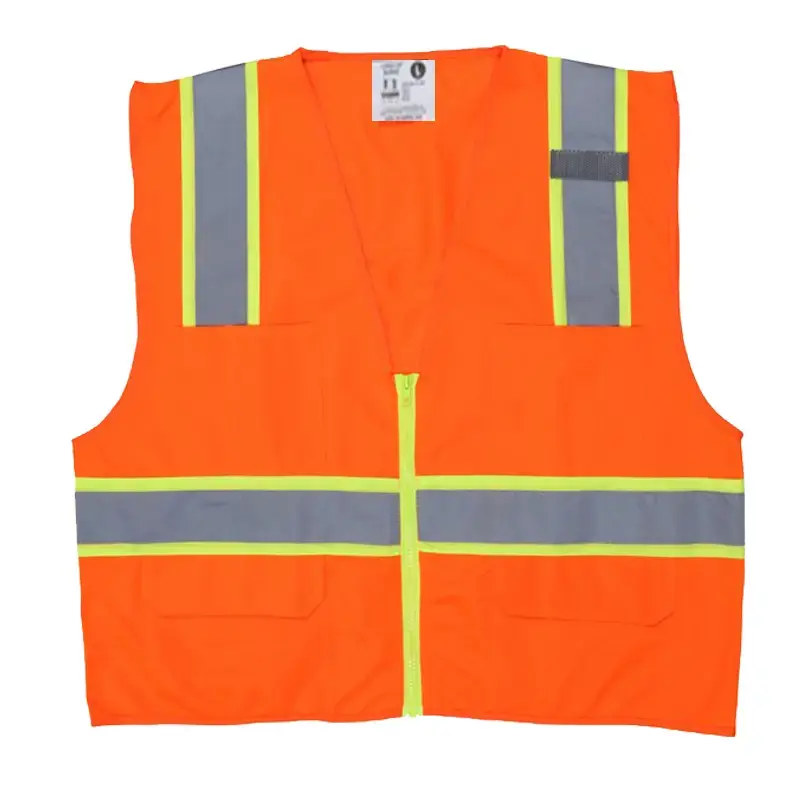
1. Materials required for custom design of reflective safety vests
(I) Picture materials
Product physical pictures: including high-definition pictures of the front, back, side and other angles of the reflective safety vest, so that customers can clearly understand the appearance style, reflective strip distribution, pocket position, zipper and other details of the product, and also show the material texture and workmanship of the vest.
Design renderings: The reflective safety vest effect display diagram produced by professional design software can intuitively present the final effect of the customer's customized pattern, text, color matching, etc. on the vest, so that customers can have a clear expectation of the customized product before production.
Detail display diagram: Close-up shots of the reflective material details, stitching process, buttons, zipper heads and other small parts of the reflective safety vest highlight the quality and process advantages of the product, and also provide customers with more customization possibilities, such as customizable special buttons or zipper brands.
Scene application diagram: Take photos of the use of reflective safety vests in different work scenarios, such as construction sites, traffic control, warehouse logistics, outdoor sports and other scenes, so that customers can more intuitively feel the effect and value of the product in actual application, which helps to stimulate customers' purchasing needs and also provides materials for customers' market promotion.
Reflective effect comparison chart: Under the same lighting conditions, take photos of the reflective effect comparison between reflective safety vests and ordinary clothing, as well as photos of the reflective effect under different lighting intensities and angles, to highlight the high visibility characteristics of the product and enhance customers' confidence in product performance.
(II) Text materials
Product description: Detailed introduction to the material characteristics of reflective safety vests, such as the types of reflective materials (glass microbead reflective materials, microprism reflective materials, etc.), performance (reflective intensity, wear resistance, UV resistance, etc.), as well as the composition, breathability, comfort, etc. of the fabric; explain the design structure of the product, including size range, style (such as short sleeves, long sleeves, hooded, etc.), shape and arrangement of reflective strips, etc.; explain the functional use of the product, such as what kind of work scenes and sports scenes it is suitable for, etc.
Introduction to Customized Services: Clearly explain the process of customized design, such as how customers submit customized requirements (online forms, emails, uploading design drafts, etc.), how the design team communicates with customers to confirm the design plan, sample production and confirmation, batch production and other links, time nodes and precautions, etc.; emphasize the advantages of customized services, such as meeting customers' personalized needs, enhancing brand image, and enhancing market competitiveness; display previous customized cases, including customers' industries, customized requirements, final design effects and customer feedback, etc., to increase customers' trust in customized services.
Instructions for Use: Provide detailed instructions for the use of reflective safety vests, including correct wearing methods, washing and maintenance methods (such as whether it can be machine washed, water temperature requirements, whether it can be dried, etc.), precautions (such as avoiding contact with sharp objects, strong acids and alkalis, etc.), etc., to extend the service life of the product and ensure that the performance of the product is not affected. At the same time, it also reflects the company's service awareness to customers.
Customized Case Sharing: Select some representative customized cases, and introduce in detail the customer's background, customization purpose, challenges and solutions in the design process, as well as the final customization effect and customer benefits. Through the sharing of actual cases, it can better show potential customers the company's customized design capabilities and experience, and inspire customers' customization inspiration.
Industry dynamics: Regularly release the latest developments in the reflective safety vest industry, such as new reflective material research and development results, industry standard updates, market trend analysis, interpretation of relevant policies and regulations, etc., to demonstrate the company's professionalism in the industry and its keen insight into the market, provide customers with valuable industry information, and enhance the interaction and stickiness between customers and companies.
(III) Design template materials
Vector templates: Provide a series of editable reflective safety vest vector templates, including vest outlines of different styles and colors, as well as common reflective strip arrangement patterns, logo and logo positions, etc. Customers and designers can make personalized modifications and creations on this basis to quickly generate design solutions that meet customer requirements.
Customized pattern library: Establish a rich customized pattern library, covering various industry-related patterns, such as safety signs in the construction industry, transportation signs in the logistics industry, pattern designs for outdoor sports, etc., as well as common text fonts, font sizes, color matching schemes, etc., to facilitate customer selection and combination and improve design efficiency.
Design specification documents: Prepare detailed design specification documents, including the size specifications, color standards, pattern clarity requirements, and reflective material pasting process requirements of reflective safety vests, to ensure that the designed patterns can be accurately presented in actual production and meet relevant safety standards and quality requirements.
(IV) Case display materials
Successful case videos: Make successful case videos of customized design of reflective safety vests, showing the whole process from customer requirements to final product delivery, including communication meetings with customers, brainstorming of the design team, sample production process, product testing results, etc., so that potential customers can more intuitively understand the company's customized service capabilities and professional level.
Customer evaluation and feedback: Collect and show other customers' evaluations and feedback to international wholesale buyers, including customer evaluations on product quality, design effects, customized service satisfaction, etc., as well as customers' actual experience and feelings during use. These real customer feedback can enhance the trust of new customers and improve the credibility of the company.
(V) Legal and regulatory materials
Product certification information: Organize and display various international certifications obtained by reflective safety vests, such as CE certification, UL certification, ISO certification, etc., and introduce in detail the certification standards and test items, as well as the validity period and query methods of the certification certificates, so that customers can understand that the products meet international safety and quality standards and enhance the market competitiveness of the products.
Interpretation of laws and regulations: Interpret the relevant laws, regulations and standard requirements for reflective safety vests in different countries and regions. For example, in the EU market, reflective safety vests need to comply with EN471 standards. Introducing these regulatory requirements to customers can not only help customers understand the compliance of the products, but also reflect the professionalism of the company and the importance it attaches to the market, avoiding market risks caused by products not complying with local regulations.
2. Cost analysis
(I) Material cost
Reflective materials: Reflective materials are the core component of reflective safety vests, and their cost is affected by many factors. Glass microbead reflective materials have relatively low costs, but relatively poor reflective effects and durability; while microprism reflective materials have better reflective performance and durability, and are relatively expensive. In addition, the amount of reflective material used will also affect the cost. Different reflective strip widths, lengths, and arrangement densities will lead to differences in reflective material costs. Generally, the cost of reflective materials accounts for about [X1]% of the total vest cost.
Basic fabric: The choice of basic fabric also affects the cost. Common fabrics include polyester, polyester-cotton blended, and pure cotton. Polyester fabric has good wear resistance and stiffness, and its price is relatively stable; polyester-cotton blended fabric combines the strength of polyester and the comfort of cotton, but its cost is slightly higher than polyester fabric; pure cotton fabric is highly comfortable, but its strength and wear resistance are relatively poor, and its price is greatly affected by cotton market fluctuations. The cost of basic fabric accounts for about [X2]% of the vest cost.
Accessories: Including zippers, buttons, stitching and other accessories. High-quality zipper and button brands are more expensive, but they can improve the quality and service life of the product. The quality of the stitching will also affect the cost. High-strength, wear-resistant stitching is relatively expensive. The cost of accessories usually accounts for about [X3]% of the vest cost.
(II) Production cost
Production process: Complex production process will increase the cost. For example, if the customer requires special printing and dyeing process, such as discharge printing, etc., or adopts special sewing process, such as double needle sewing, overlock reinforcement, etc., it will lead to higher production cost. Generally speaking, the production process cost accounts for [X4]% of the vest cost.
Labor cost: Customized reflective safety vests often require more manual operation links, such as cutting, sewing, pattern printing, etc., which will increase labor cost. With the continuous increase in labor costs, this part of the cost also needs to be paid attention to. Labor cost accounts for about [X5]% of the vest cost.
Equipment depreciation: The purchase and depreciation of production equipment are also an important part of production cost. For example, the depreciation cost of cutting equipment, sewing machines, heat presses, reflective performance testers and other equipment will be allocated to the production cost of each vest. The equipment depreciation cost accounts for about [X6]% of the vest cost.
(III) Marketing costs
Market research: In order to understand the needs, preferences and market trends of international wholesale buyers, companies need to conduct market research. This includes participating in international exhibitions, industry seminars, and entrusting professional market research institutions to conduct surveys, which will incur certain expenses. Market research costs account for about [X7]% of total marketing costs.
Advertising: Advertising is carried out through various channels, such as advertising on internationally renowned platforms such as Google and Facebook, participating in advertising in industry magazines, etc., to increase brand awareness and product exposure. Advertising costs are the main part of marketing costs, generally accounting for [X8]% of total marketing costs.
Exhibition activities: Participate in internationally renowned labor protection exhibitions, safety equipment exhibitions, etc. to showcase the company's products and customized services. Exhibition fees include booth fees, exhibit transportation fees, personnel travel expenses, etc., which are also an important part of marketing costs, accounting for about [X9]% of total marketing costs.
(IV) Operating costs
Logistics costs: Since international wholesale buyers are distributed in different countries and regions, the transportation cost of products is relatively high. Including import transportation of raw materials, export transportation of finished products, warehousing costs, etc. Logistics costs vary depending on factors such as transportation distance, transportation method (air, sea, etc.) and product weight and volume, and generally account for [X10]% of total operating costs.
After-sales service: Providing after-sales service to international customers, such as handling product quality issues and return and exchange policies, will incur certain costs. Establishing a professional after-sales team and a complete after-sales service system can improve customer satisfaction, but it will also increase operating costs. After-sales service costs account for about [X11]% of total operating costs.
Daily management expenses: The company's daily operating management expenses, such as office space rental, water and electricity bills, employee salaries, etc., will also be allocated to the cost of each product. Daily management expenses account for about [X12]% of total operating costs.
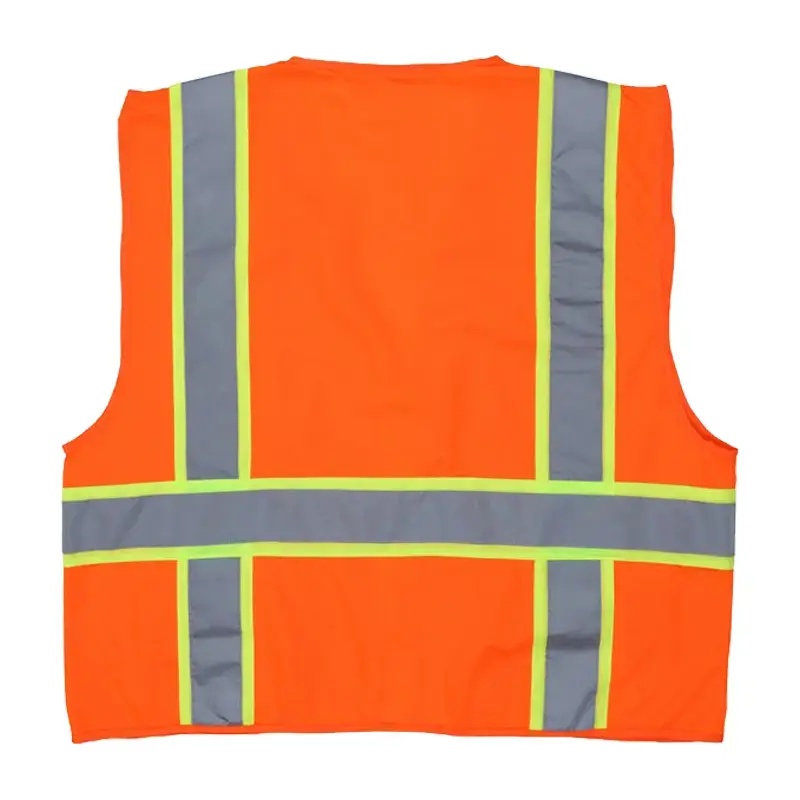
3. Benefit Analysis
(I) Economic Benefits
Direct sales revenue growth: By providing customized reflective safety vests, companies can meet the personalized needs of international wholesale buyers and attract more customers to buy, thereby directly increasing product sales revenue. According to market research, the price of customized products is usually [X13]% higher than that of standardized products, which will bring higher profit margins to companies.
Market share expansion: In the fiercely competitive international market, customized design services can make the company's reflective safety vest products stand out, form a differentiated advantage with competitors, and help companies expand their market share. With the increase in market share, the company's brand awareness and influence will also increase accordingly, further promoting the growth of sales performance.
Improved customer loyalty: Meeting customers' customized needs can enhance the cooperative stickiness between customers and companies and improve customers' brand loyalty. International wholesale buyers prefer to establish long-term and stable cooperative relationships with suppliers who can provide personalized services and high-quality products. Improved customer loyalty will reduce customer churn, reduce the company's market development costs, and bring continuous and stable orders to the company.
Technical cooperation and innovation opportunities: In the process of cooperation with international wholesale buyers, companies have the opportunity to come into contact with more advanced design concepts and technical requirements. This will prompt companies to continuously carry out technological innovation and product upgrades and improve their core competitiveness. At the same time, the two parties can also carry out technical cooperation to jointly develop new reflective materials, production processes, etc., to create more economic value for the company.
(II) Social Benefits
Improve the safety level of work: The widespread use of reflective safety vests can effectively improve the visibility of outdoor workers and pedestrians at night, reduce the occurrence of traffic accidents, and protect people's lives. Custom-designed reflective safety vests can provide more practical protection effects according to the needs of different industries and work scenarios, further improve the safety level of work, and produce positive safety benefits for society.
Reducing accident risks and losses: From a social perspective, reducing the occurrence of accidents such as traffic accidents can reduce casualties and social and economic losses caused by accidents. This not only reduces the burden on the victims' families, but also helps maintain social stability and development. According to relevant statistics, every reduction in traffic accidents can save a lot of medical, rescue, compensation and other expenses for the society.
Enhance safety awareness and public safety culture: The popular use of reflective safety vests can arouse people's attention to nighttime work safety and traffic safety, and enhance the safety awareness and self-protection awareness of the public. Through the continuous promotion and use of reflective safety vests, a good public safety cultural atmosphere can be gradually formed to promote the improvement of the safety management level of the entire society.
4. Cost-benefit comparison and risk assessment
(I) Cost-benefit comparison
Through a comprehensive analysis of the costs and benefits of custom design of reflective safety vests, it can be seen that under certain production scales and market conditions, its economic and social benefits are significant. In the initial stage, although it is necessary to invest higher costs in material procurement, equipment purchase, technology research and development, and market promotion, as the sales of customized products grow and the market share expands, the income will gradually exceed the cost and achieve profitability. In the long run, continuous optimization of cost structure, improvement of production efficiency, strengthening of brand building and market expansion will enable the custom design of reflective safety vests to have good sustainable development capabilities and profitability.
(II) Risk assessment and countermeasures
Market competition risk: With the continuous development of the reflective safety vest market, more and more companies are entering this field, and competition is becoming increasingly fierce. This may lead to a drop in product prices and compress the profit margins of companies. In addition, competitors may have certain advantages in technology, brand, channels, etc., posing a threat to the market share of companies. Countermeasures include: continuously increasing R&D investment to improve the technical content and quality of products; strengthening brand building to establish a good brand image and reputation; optimizing marketing strategies, expanding diversified sales channels, and improving market competitiveness.
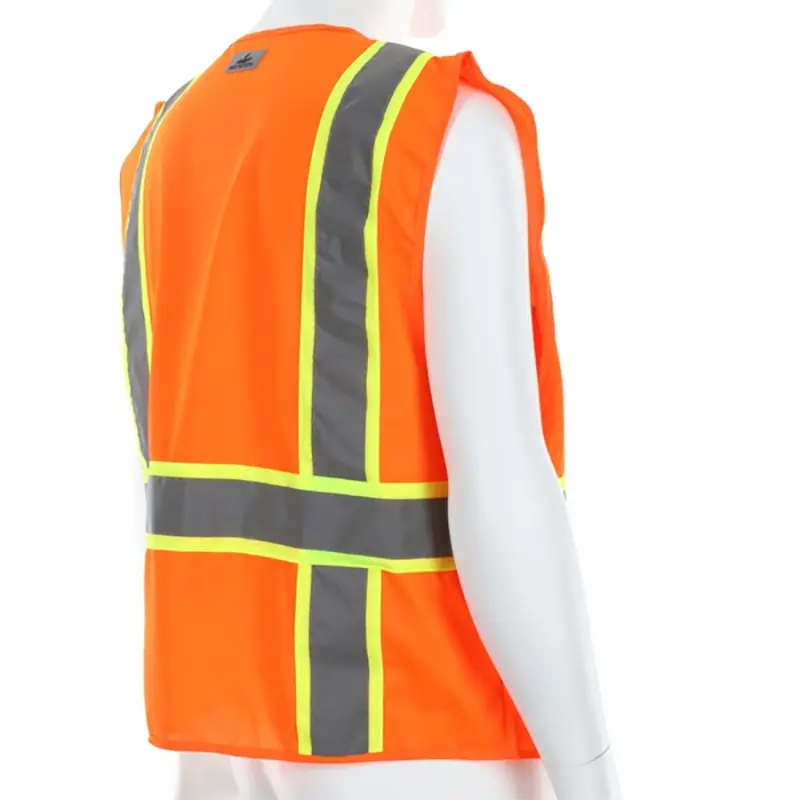
Risk of raw material price fluctuations: The prices of the main raw materials of reflective safety vests, such as reflective materials, basic fabrics, and auxiliary materials, are affected by factors such as market supply and demand, raw material price fluctuations, and transportation costs.Large. The rise in raw material prices will directly lead to an increase in production costs. If the company cannot pass on the cost to the product price in time, it will affect the profitability of the company. To this end, the company can establish a long-term and stable cooperative relationship with suppliers, sign a long-term supply contract, lock in the price of raw materials; optimize the inventory management of raw materials, reduce inventory costs; find alternative raw materials and other measures to reduce the risks brought by raw material price fluctuations.
Order fluctuations and capacity utilization risks: The order demand of international wholesale buyers has certain uncertainties, and there may be unstable order quantities and seasonal fluctuations. This may lead to uneven capacity utilization of the company, insufficient capacity in the peak season of orders, and unable to meet customer needs; in the off-season of orders, there is excess capacity, equipment and personnel are idle, and the operating costs of the company are increased. Enterprises can reasonably arrange production plans by strengthening market forecasting and order management; optimize production processes, improve production flexibility and efficiency; develop diversified markets and customer groups, and reduce the risk of order fluctuations; when necessary, adopt outsourcing production and other methods to balance capacity utilization.
Technology R&D and innovation risks: The technology in the reflective safety vest industry is developing rapidly, and companies need to continuously carry out technology R&D and innovation to maintain their competitive advantage. However, in the process of technology research and development, there may be technical difficulties that cannot be overcome, the research and development cycle is extended, and the research and development costs exceed the budget, which may lead to research and development failure or the research and development results cannot achieve the expected results. In addition, even if the research and development is successful, there are risks such as new technologies cannot be accepted by the market and are quickly imitated by competitors. Enterprises should establish a sound technology research and development management system, strengthen the construction of the research and development team, and improve the efficiency and quality of research and development; focus on market research and customer demand analysis to ensure that the research and development projects have market prospects and application value; strengthen the protection of intellectual property rights, and apply for patents, trademarks and other intellectual property rights in a timely manner to prevent technological achievements from being infringed and imitated.
Legal and regulatory and policy risks: Different countries and regions have different laws, regulations and standard requirements for reflective safety vests, and policies and regulations may change. If enterprises fail to understand and comply with relevant laws and regulations in a timely manner, it may cause products to fail to meet market access requirements, face risks such as fines, returns, and recalls, and bring huge economic losses to enterprises. Enterprises should pay close attention to the legal and regulatory trends of the international market, establish a sound legal and regulatory monitoring and compliance management system; strengthen cooperation and communication with local government agencies, industry associations, and professional consulting agencies, and obtain the latest policy and regulatory information in a timely manner; ensure that the design, production and sales of products comply with relevant laws, regulations and standard requirements. In short, the custom design of reflective safety vests has broad market prospects and significant cost-effectiveness. When carrying out custom design business, enterprises need to fully consider the various materials required, reasonably plan and control costs, and actively respond to various risks and challenges to maximize the economic and social benefits of the enterprise. At the same time, through continuous innovation and optimization, improve product quality and service level, meet the diverse needs of international wholesale buyers, and promote the sustainable and healthy development of the reflective safety vest industry in the international market.

